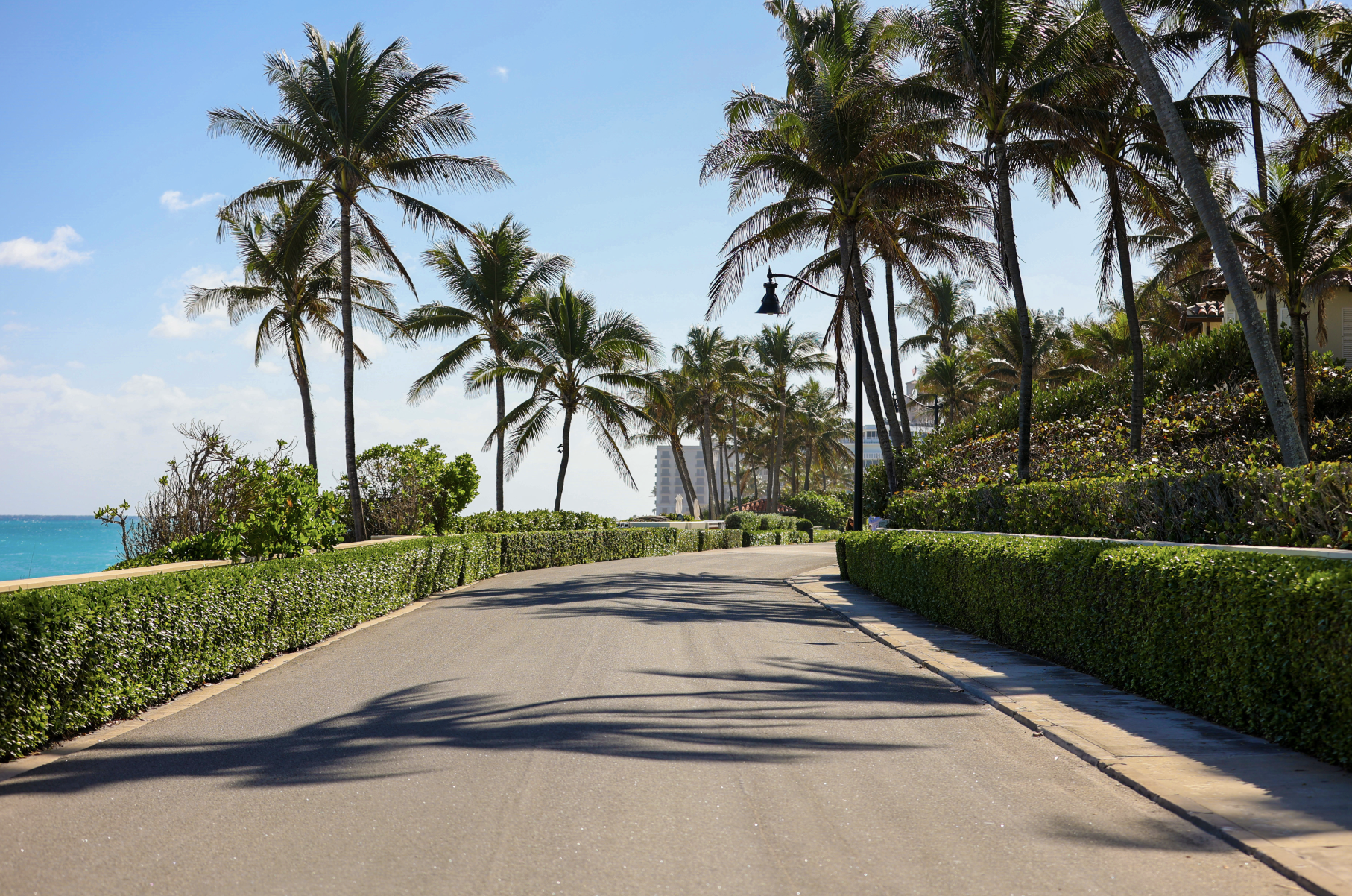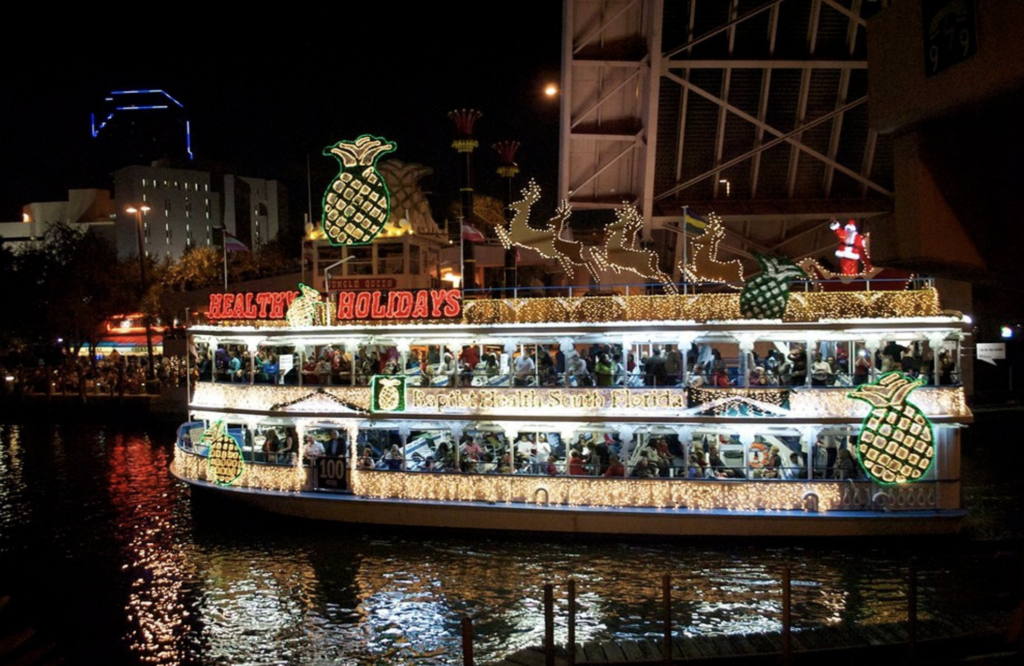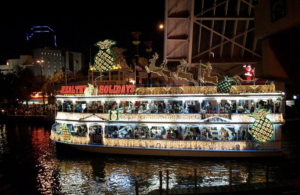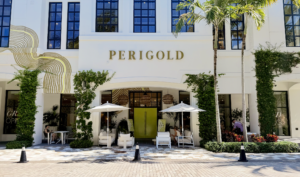Palm Beach, Florida, with its stunning beaches and glamorous estates, is a place where luxury meets history. But have you ever wondered how the island came to be known as “Palm Beach”? The story behind the name is rooted in a shipwreck, coconuts, and the ingenuity of early settlers—truly a tale as unique as the island itself.
The Shipwreck: Providencia
It all began on January 9, 1878, when a Spanish ship called the Providencia ran aground just off the coast of what we now call Palm Beach. The ship was carrying a cargo of 20,000 coconuts, bound from Havana, Cuba, to Barcelona, Spain (where the coconuts would be sold for some serious profit). The ship struck the reefs near the shore, and the cargo was spilled across the beach. For the settlers in the area, this shipwreck was not just a tragedy—it was an opportunity.
The Coconuts: Not Native, But Now Essential
While coconuts are commonly associated with tropical climates, they were not and are not native to Florida. However, the coconuts from the Providencia shipwreck found a new home in South Florida soil. Early settlers, eager to make a living, began planting the shipwrecked coconuts along the shore, envisioning the creation of a coconut industry.
The settlers did not waste time. The coconuts, often referred to as “cocoanuts” in early writings, quickly took root, and within just a few years, coconut palms were flourishing along the coastline. As these trees began to grow, the area took on a distinctly tropical feel, one that was quite different from the dense Everglades and the wilds of Florida’s interior.
The Name: Palm Beach Takes Root
As the coconut palms began to thrive, the island itself began to take shape as a community. It was only natural that the settlement would come to be named after the very trees that symbolized its growth. The settlers called the area “Palm Beach” after the coconut palms that grew in abundance. In 1909, the name Palm Beach was formalized when the island became part of Palm Beach County. The name Palm Beach was here to stay.
The Legacy of Coconut Palms Is Here to Stay
The legacy of the coconuts from the Providencia didn’t end with the naming of the island. By the late 19th and early 20th centuries, coconut palms became a hallmark of Palm Beach, often planted in groves along the beachfront and estates. Over time, coconut palms became a symbol of the island’s tropical elegance and exotic beauty and, today, the coconut palm remains a distinguished part of Palm Beach’s identity (and we have even included it in our Palm Beach Now logo!), as they line the avenues and beaches around town.
From the coconuts of the Providencia to the lush, palm-lined streets of today, the name Palm Beach is a tribute to both the natural beauty and the pioneering spirit that shaped this iconic destination. Whether you’re strolling down Worth Avenue or relaxing on its sandy shores, it’s hard not to appreciate the unique history that gave Palm Beach its name—one that’s as timeless as the palm trees themselves.







